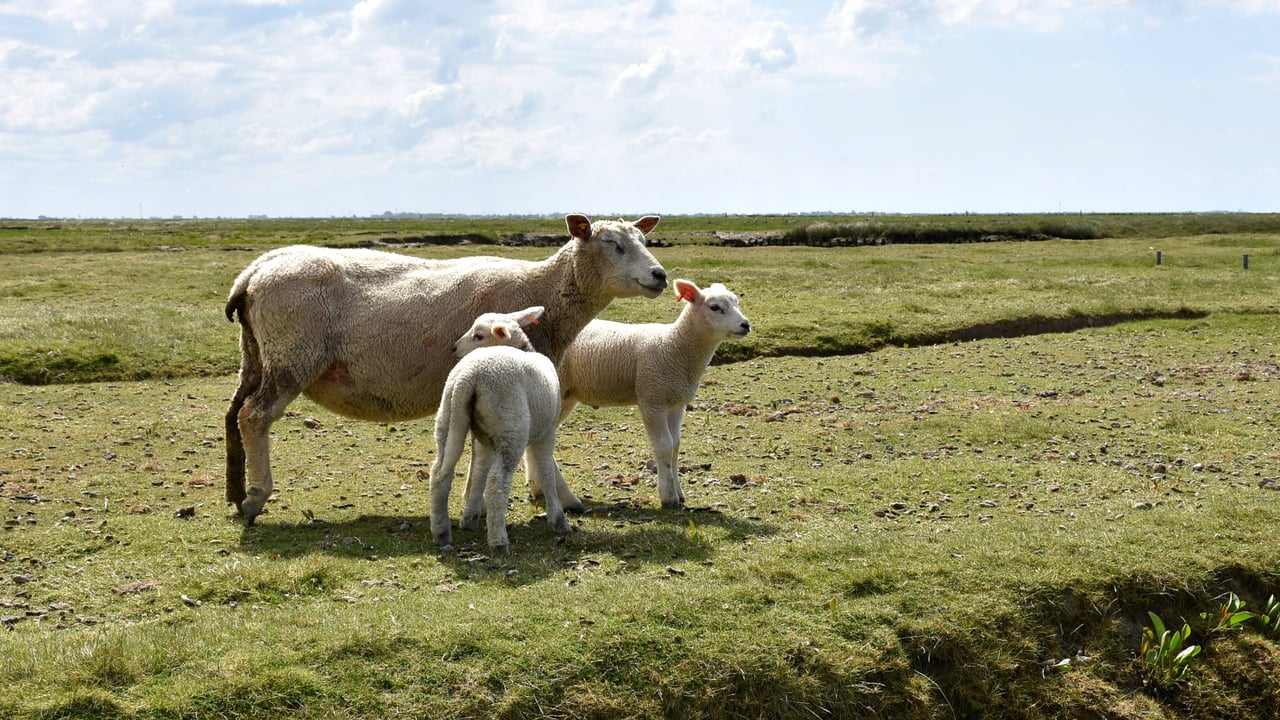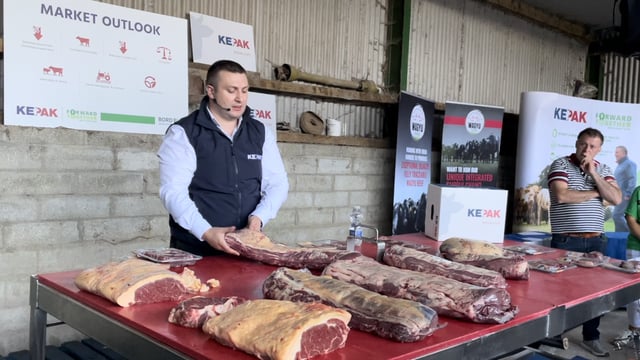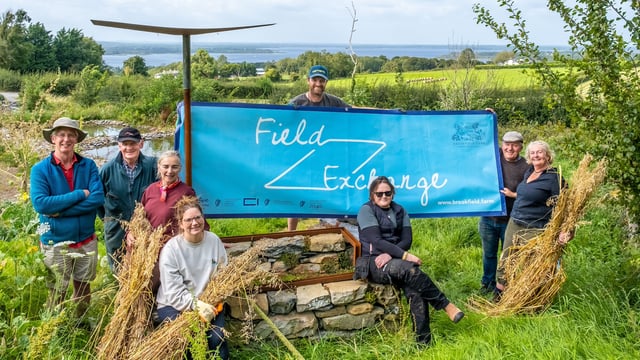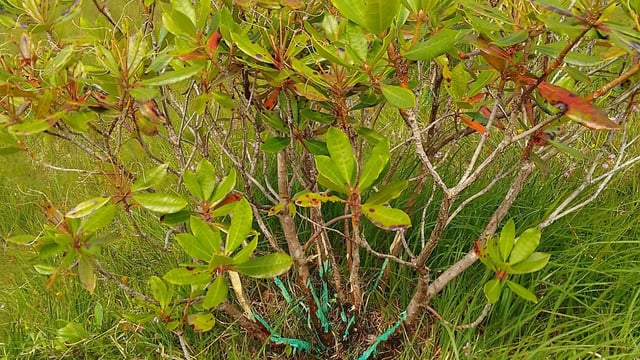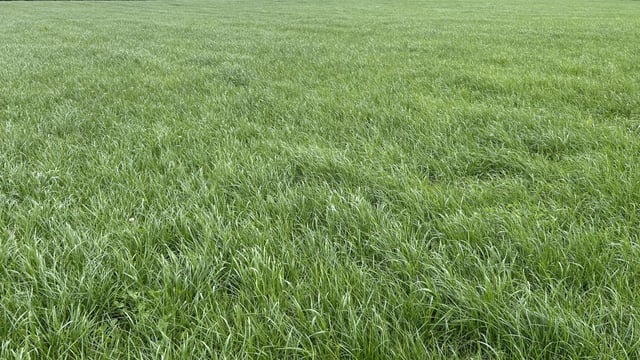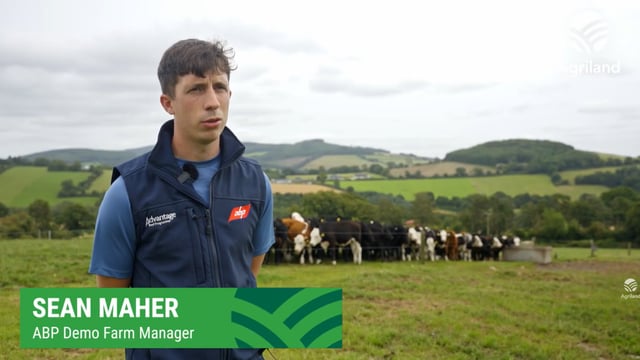German sheep farm constantly under high alert for flood warnings
Just imagine receiving an urgent flood warning prompting emergency action to quickly round up your sheep to higher ground, or indeed the emergency housing, 40 times per year.
That’s exactly the kind of conditions German farmer and coastal engineer Nommen Kruse works under, and has done all his life, and his father before him.
To set the scene, Nommen lives with his wife and young children on Hallig Nordstrandischmoor, which can be described as a low-lying ‘island’ off the north coast of Germany, particularly so when it floods.
10 of these ‘islands’ make up Germany’s Halligen, located off the North Frisian coast in the Wadden Sea, which is a protected intertidal area.
The islands are really the guardians of Germany’s north coast protecting it from the wild North Sea. There are no dikes around the Halligen and the region floods frequently.
However, a number of hardy residents inhabit some of the Halligs, working the land and maintaining the salt marshes and the man-made mounds called Warften where their houses are built.
Home to just 18 people, Hallig Nordstrandischmoor - also known as Luttmoor - is the fourth largest of the Halligs with an area of just under 165ha, and a coastline of around 6.8km.
Tackling the flood
The residents try to slow down the rate of flooding by installing and maintaining fences made of branches that trap the sediment, eventually creating land suitable for grazing.
They also maintain the only transport onto the Hallig, which is a narrow gauge railway line that extends 8.7km from the mainland upon which each resident family run their own little ‘lorry’ or train.
Power and a fresh water supply is piped across the water from the mainland, ensuring the residents have basic utilities. Everything else must be shipped over via the tiny trains.
As well as being a farmer, Nommen is also employed part-time by the state as a hydraulic engineer to maintain the sea defences and the railway.
German sheep farm
Nommen said farming plays a vital role to increase the sustainability of the Hallig but, with climate change, the threats of flooding are becoming more intense.
Nommen said: “My farm on Hallig Nordstrandischmoor extends to 60ha, of which I use 20ha for my sheep flock. The rest of the land is either inaccessible or is used to grow hay and silage for the winter time.
“I run 67 sheep of a variety of breeds, mainly Texel, and achieve 200% lambing each year. We normally like to lamb the sheep outdoors in March or April but we do face our own unique challenges during this period."
The salt marshes and the fields of the Halligen serve as important spring feeding zones for Brent and Barnacle geese, on their migration to the breeding grounds in the Arctic.
On the flipside they are quite a problem for Nommen, as the birds eat a lot of grass that should be for his sheep, and leave a lot of faeces behind.
“We have to plan our lambing time very carefully,” Nommen said. “I want the sheep to lamb outdoors but there are always a lot of birds on the marshes and fields around the same time.
“Not only do the geese eat the grass, they also can leave harmful bacteria that can affect the lambs, so we try to lamb when most of the birds have gone.”
When fattened, Nommen’s lambs are transported via the little railway to the mainland and sold for slaughter. His goal is to finish them at 45-48kg liveweight and sell them by August to December.
He said: “The current price is around €4.40/kg liveweight. The meat from our lambs tastes very good, boosted by a distinctive flavour due to the salt and minerals on the pasture.
“I’m sure I could get higher premium prices for this quality lamb if we marketed it as a niche product born and reared on the Hallig, but it’s difficult to find an agent that could operate this for us.
“I need a buyer that could take the entire lamb and sell it rather than just a few choice cuts. Let’s see if we can develop that option in the future,” he said.
Flooding
Nommen’s Hallig can flood up to 40 times per year, and each flood can take up to 12 hours to disperse. The last major flood on Hallig Nordstrandischmoor happened on January 6, 2025.
With no trees to act as shelter, the winds can be quite strong across the Hallig, which makes weather patterns quite difficult to interpret.
“I’ve become an expert on the weather, and am constantly keeping an eye on the forecast to plan for any flood warnings, because we know they will come,” Nommen continued.
“When the floods do come, we have to act quickly and get the sheep to our barns. Our houses and barns are all built on high-standing man-made mounds, and should give us enough protection from the floodwaters.
“We also have an escape room built at the very top of our sheep barn that we can run to, should the water levels rise quickly. It is stocked with food and supplies to keep us going,” Nommen said.
